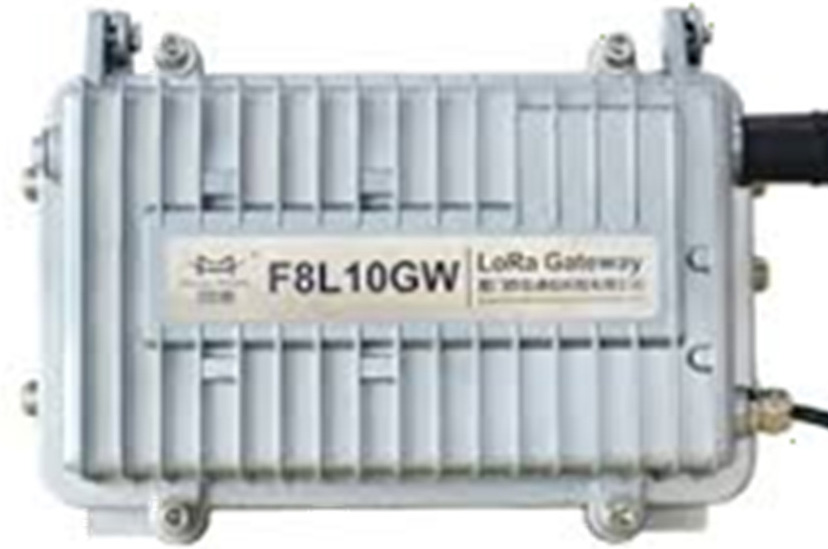Long Range Wide Area Network (LoRaWAN)
Download a printable version of this page: Long Range Wide Area Network (LoRaWAN) ![]() [PDF File - 554.3 KB]
[PDF File - 554.3 KB]
A network that connects an array of sensors to offer near real-time information for improved decision making on farm.
 How does it work?
How does it work?
LoRaWAN (Long Range Wide Area Network) is a network that allows battery-operated devices to wirelessly connect and send data over the internet.
The devices connect via a gateway and provide near real-time data to assist with on farm decision making.
LoRaWAN networks are becoming more prevalent in regional Victoria.
Why do I need it?
- LoRaWAN offers the ability to connect agricultural sensors, such as water storage meters, to make data available on your phone or another device, giving you feedback about what’s happening on farm. This is especially useful for remote paddocks but can also provide peace of mind when you’re not home.
- LoRaWAN networks have small data limits, which in turn limits power usage and data uploads to the internet. This results in long battery life and lower data costs.
- LoRaWAN is a “market ready” product, meaning it can be readily purchased to create your own network, configure devices and start receiving data straight away. Agricultural sensors include soil moisture probes, weather stations, animal livestock trackers, vehicle trackers, water flow and water storage meters, with more becoming available all the time.
How is it used?
Farmers in a South West Victorian demonstration project are using LoRaWAN to…
- Connect electric fence sensors on out-paddocks, to save daily visits.
- Connect a water sensor to a tank and troughs to check water levels on an out-block, reducing travel time.
- Connect weather stations and soil moisture probes to monitor soil moisture and help predict pasture growth rates.
There are many other potential uses for the LoRaWAN network on farms and this continues to grow as more sensors become available.
Things to consider
- Creating your own network requires you to develop your own dashboard or subscribe to a service provider who will do this for you.
- A third party LoRaWAN connection may not always be reliable. If this is the case, it may be best to purchase your own LoRaWAN gateway.
- LoRaWAN is likely to have more upfront costs when purchasing a gateway, but lower on-going costs.
- There are limited options for support services if you create your own network. Topography and natural barriers can interrupt network effectiveness and may require additional gateways, extended aerials or alternate networks.
Tech requirements
- Specific frequencies are required for the device network 915 MHz (Australia and North America) and 923 MHz (Asia and Australia).
- It is important that your devices and the LoRaWAN network you intend to use both operate on the same frequency.
- Data limits are not suited to photos or video.
Where do I find out more?
- https://assets.kpmg/content/dam/kpmg/au/pdf/2019/agri-4-0-connectivity-digital-innovation-australian-farming.pdf
- https://www.thethingsnetwork.org/marketplace/products/devices
- https://ttnmapper.org/ – for LoRaWAN coverage maps
- https://agriculture.vic.gov.au/on-farm-demos
About the project
Smart Farm Sensor Demonstrations: This project is supported by Glenelg Hopkins CMA, through funding from the Australian Government’s National Landcare Program, Agriculture Victoria, Grasslands Society of Southern Australia, Southern Farming Systems and Southern Grampians Shire Council. The project runs from 2019-21 to test and demonstrate a range of devices on farms in the south west region, including stock water and tank monitors, soil moisture probes, electric fence sensors and weather stations. The sensors provide real-time feedback to producers enabling them to make more informed decisions and better use of labour, time and capital.